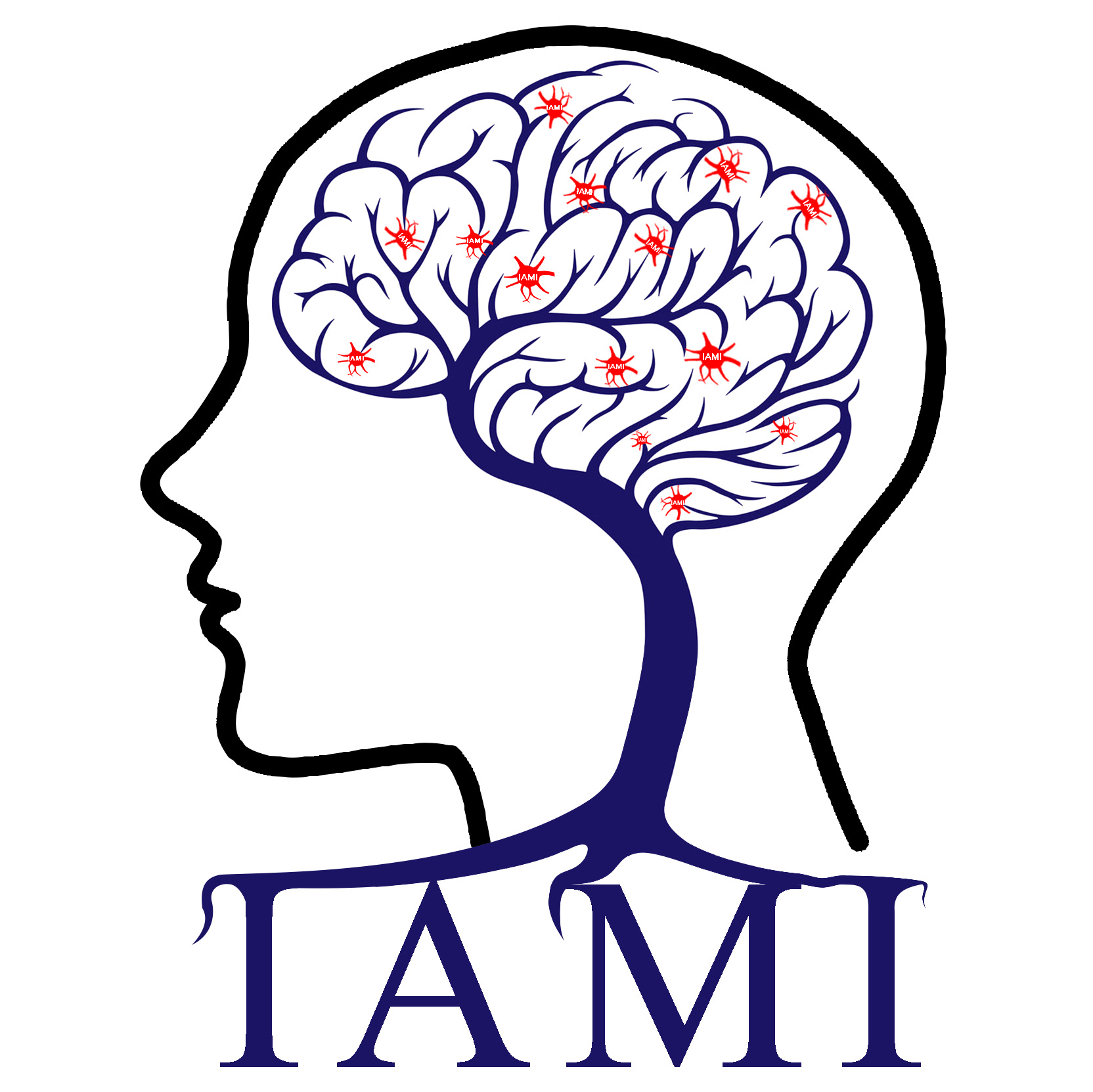
Yuhui Du Personal Website-Intelligent Analysis of Medical Image
Address:Taiyuan, China
Qingbao Yu, Jiayu Chen*, Yuhui Du, Jing Sui, Eswar Damaraju, Jessica A Turner, Theo GM van Erp, Fabio Macciardi, Aysenil Belger, Judith M Ford, Sarah McEwen, Daniel H Mathalon, Bryon A Mueller, Adrian Preda, Jatin Vaidya, Godfrey D Pearlson, Vince D Calhoun*. A method for building a genome-connectome bipartite graph model. Journal of neuroscience methods, 2019, 320: 64-71.
时间:2019-06-13 17:13:57 来源: 点击:[1042]
Abstract
It has been widely shown that genomic factors influence both risk for schizophrenia and variation in functional brain connectivity. Moreover, schizophrenia is characterized by disrupted brain connectivity. In this work, we proposed a genome-connectome bipartite graph model to perform imaging genomic analysis. Functional network connectivity (FNC) was estimated after decomposing resting state functional magnetic resonance imaging data from both healthy controls (HC) and patients with schizophrenia (SZ) into spatial brain components using group independent component analysis (G-ICA). Then 83 FNC connections showing a group difference (HC vs SZ) were selected as fMRI nodes, and eighty-one schizophrenia-related single nucleotide polymorphisms (SNPs) were selected as genetic nodes respectively in the bipartite graph. Edges connecting pairs of genetic and fMRI nodes were defined based on the SNP-FNC associations across subjects evaluated by a general linear model. Results show that some SNP nodes in the bipartite graph have a high degree implying they are influential in modulating brain connectivity and may be more strongly associated with the risk of schizophrenia than other SNPs. A bi-clustering analysis detected a cluster with 15 SNPs interacting with 38 FNC connections, most of which were within or between somato-motor and visual brain areas. This suggests that the activity of these brain regions may be related to common SNPs and provides insights into the pathology of schizophrenia. The findings suggest that the SNP-FNC bipartite graph approach is a novel model to investigate genetic influences on functional brain connectivity in mental illness.

 Current location:
Current location: